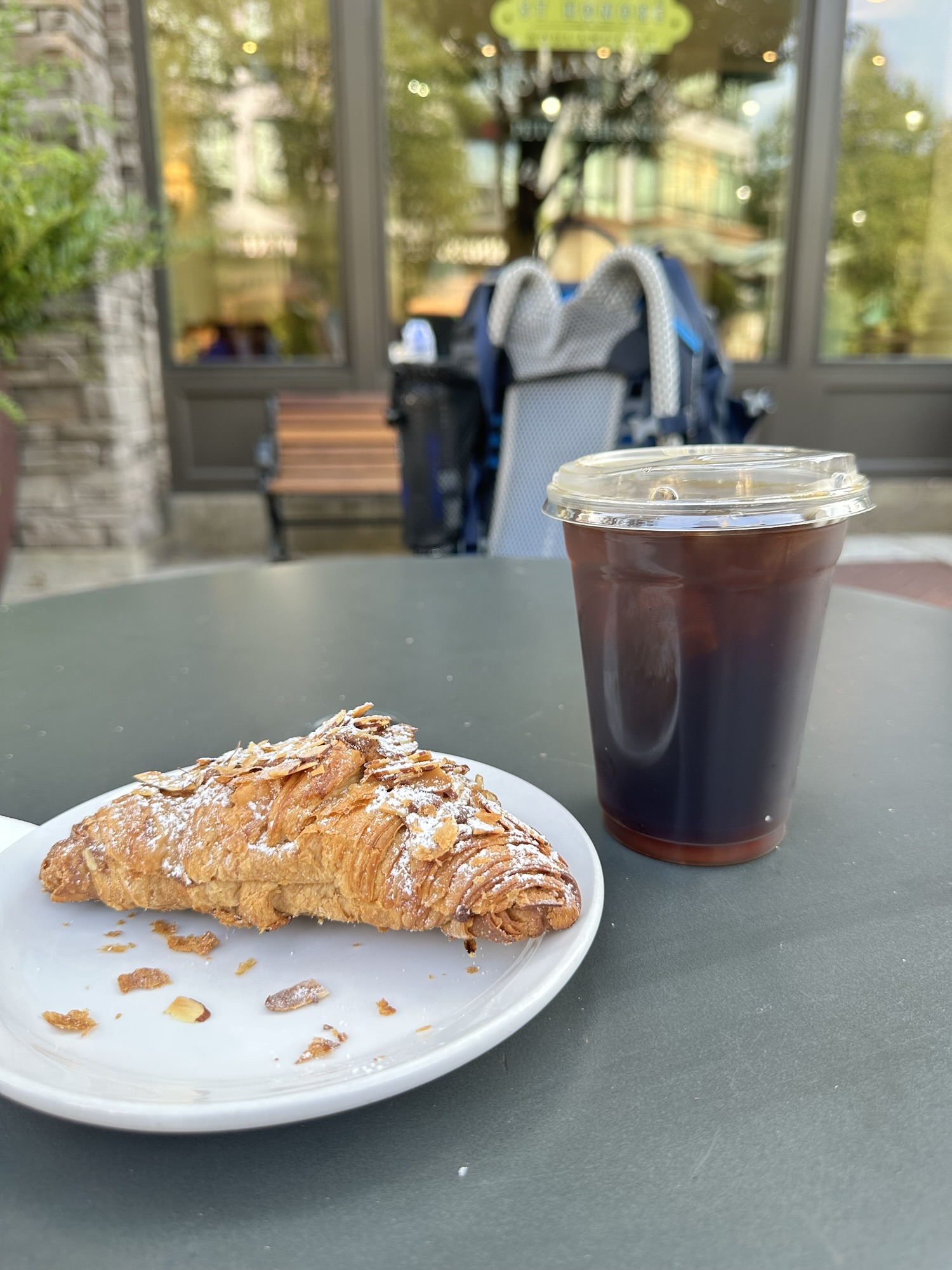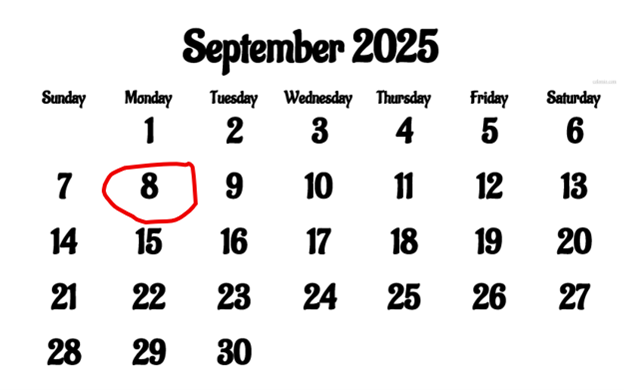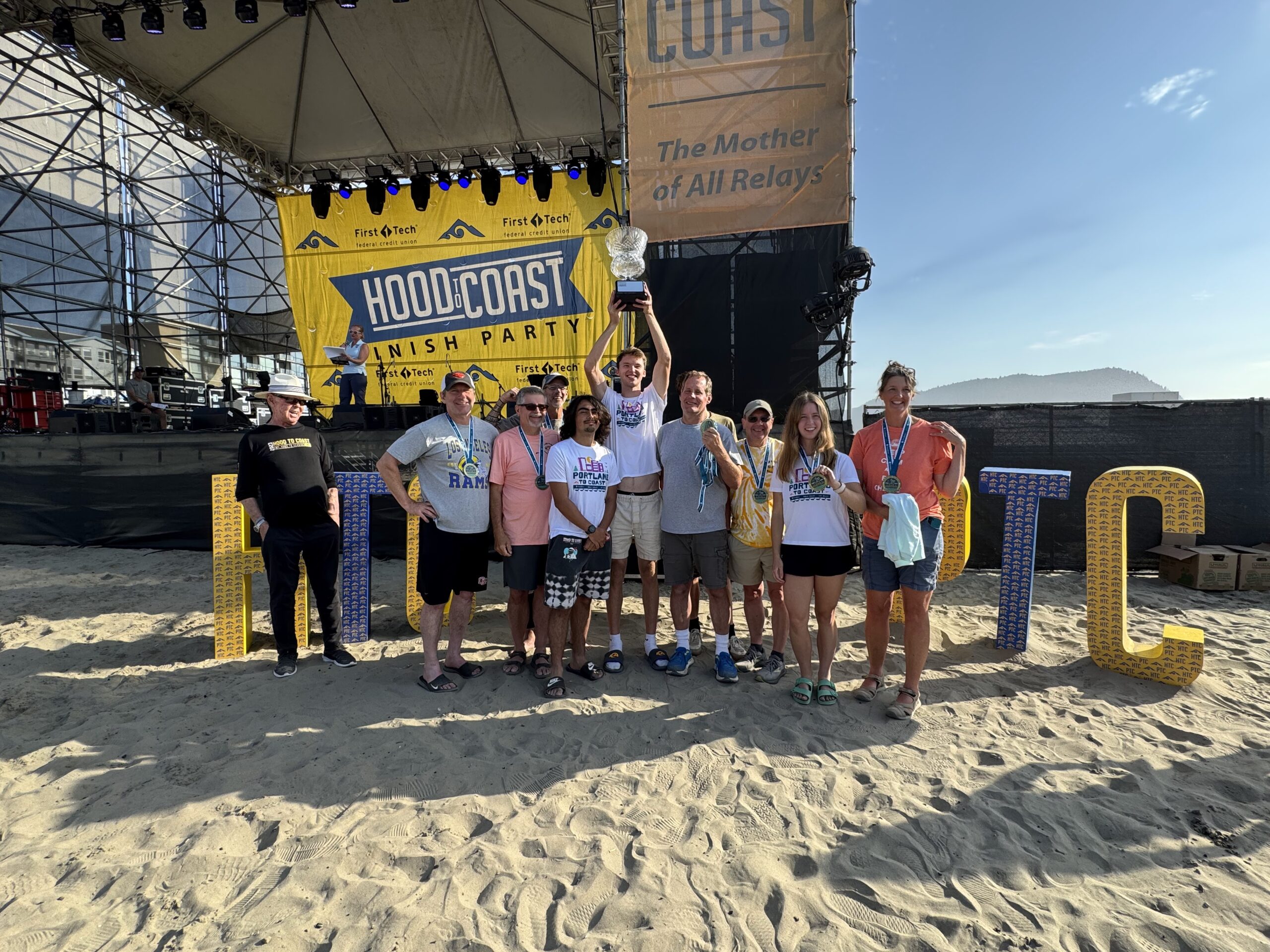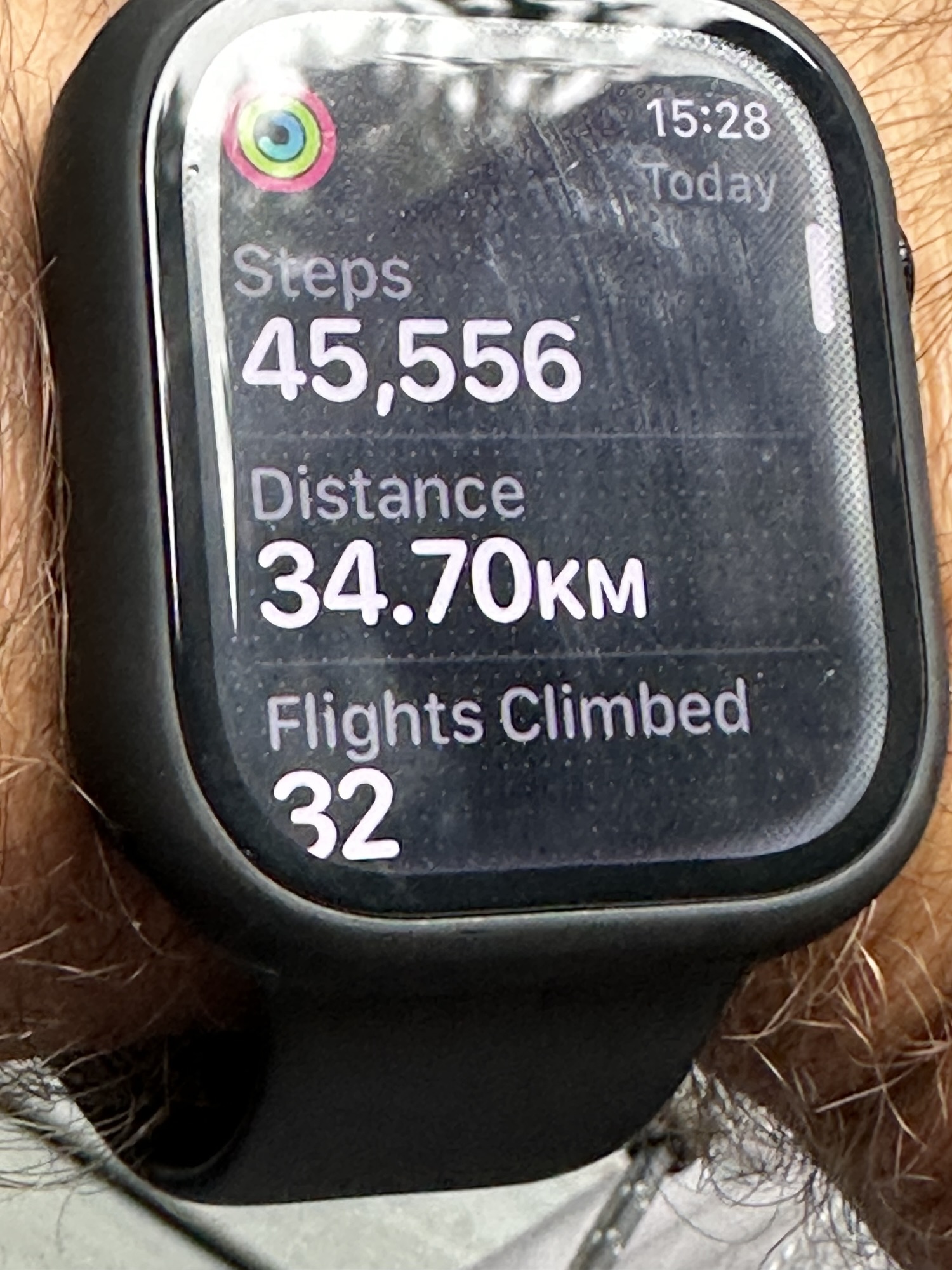Last Sunday, I met some friends for coffee at St. Honore’s bakery in Lake Oswego. On the way home, my navigation suggested a route I had never taken before and I realized that LO was much closer to my home than I had previously thought. Close enough, that I could create a training hike that would take me back to the bakery as a mid-point rest stop.

That evening, I used a route-mapping app to create a loop that took me from my Garden Home neighborhood to Lake Oswego via Tryon Creek State Park and then back again over Mt. Sylvania along Kerr Parkway.
The weather was overcast, but quite muggy. But without the sun blaring down on me, it made for a pleasant 16-mile adventure.
For the past two days I have been practicing my “trail laundry” tactics. After returning from hikes and taking a shower, I’ve been hand-washing my clothes. This is to both ensure the process I intend to use works and to make sure my clothes are dry by morning when left hanging.
From this experiment I’ve learned two lessons that will serve me well on the trail:
1 – wash socks after everything else. The first day I tossed all my clothes into the sink together. The water immediately became murky due to the dust that my socks had picked up from four miles hiking on dirt trails.
2 – use a micro-fiber towel to help wring out clothes. My first attempt included hand wringing each item before hanging to dry. Twelve hours later, all items were still damp and by morning the socks were still too damp to wear. So for my second attempt, after hand wringing, I laid each piece flat on top of my travel towel. I then rolled up the towel and wrung it as hard as I could. After unrolling, it appeared that the clothes had lost perhaps half of the remaining moisture, which in turn meant they were all dry by the next morning.











